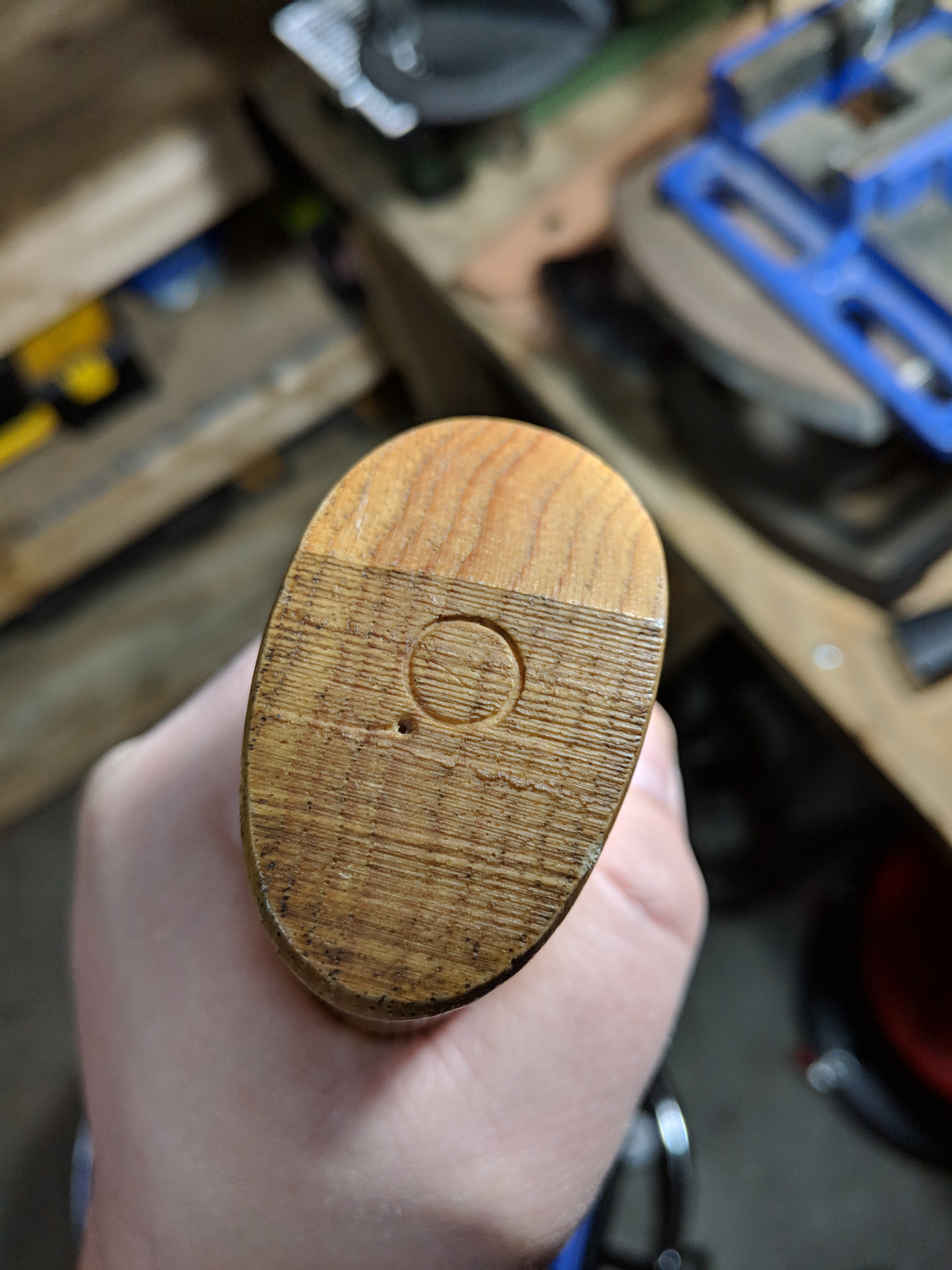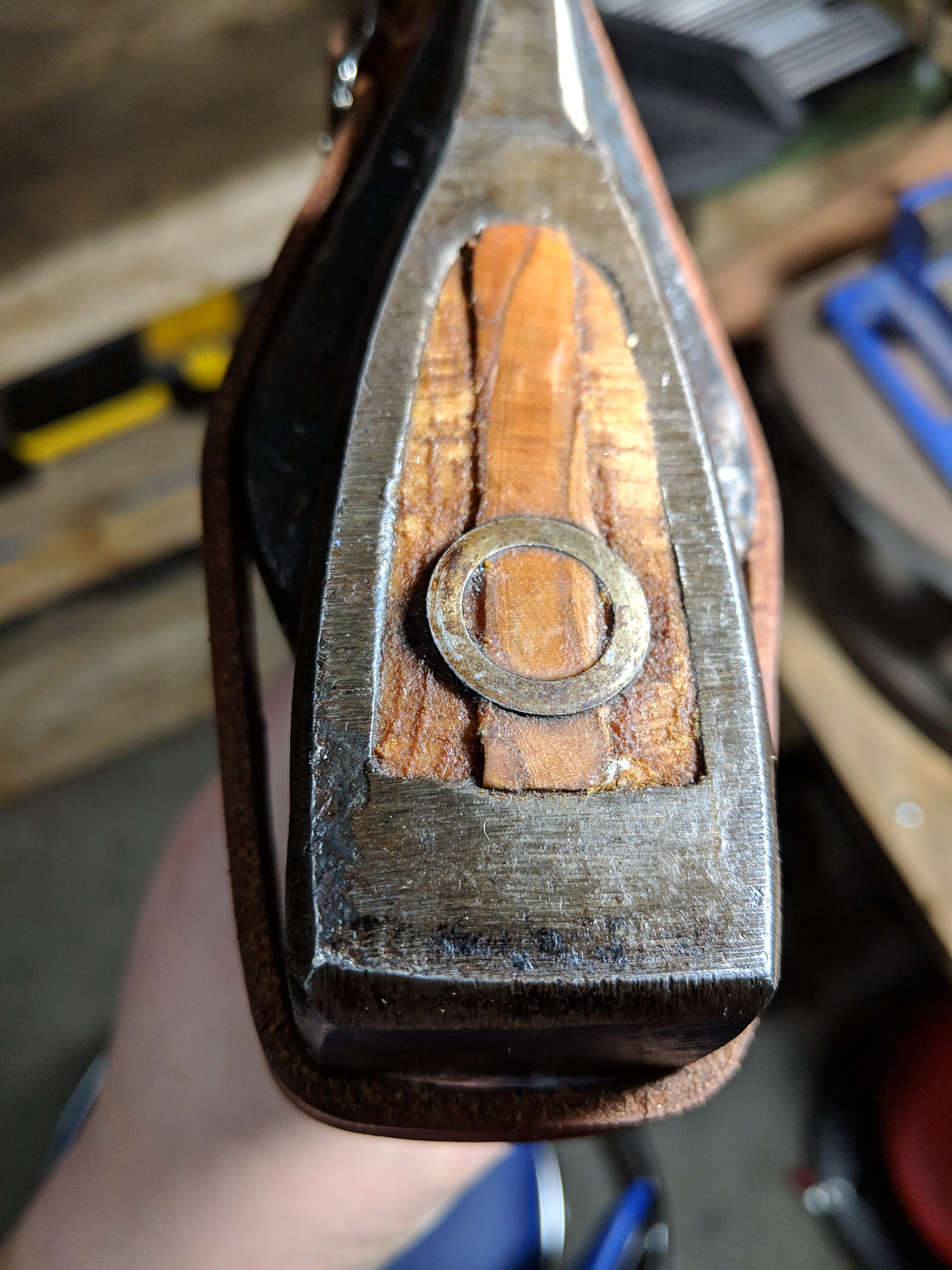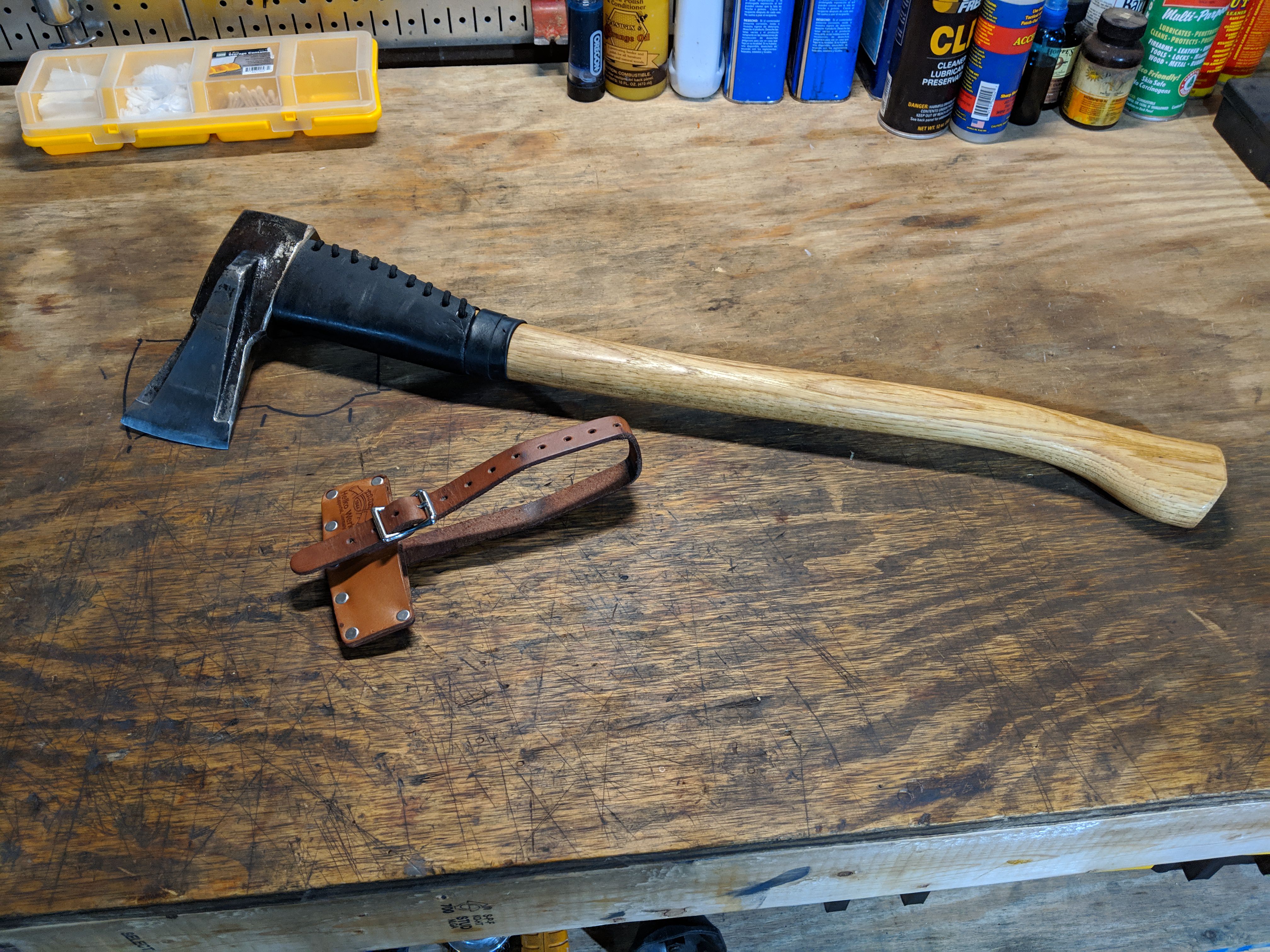I swore off wood handles years ago, but this old “great divider” head made me rehandle it. Awesome head for the big stuff.
Anyway I spent an hour fitting it perfectly. Used it taking care not to hit the handle on wood and limit dragging it through.
Made it until the last big piece on 7 cords. It was really hard wood that 90% of needed split. It was the kinda wood I had to put all I had on it to split some big stuff.
Double bit axe handle, USA hickory.

Is the head too heavy? Handle junk? Bad luck? Past the limitations of the wood? I get 15-20 cords out of the Lowe’s truper winged axe with plastic handle before the epoxy gets loose, but I treat them like I’m being paid to ruin them.
I have bee kinda lusting for a really nice 4# splitting axe. But not sure I want to spend $200 and put a handle on every week.
Anyway I spent an hour fitting it perfectly. Used it taking care not to hit the handle on wood and limit dragging it through.
Made it until the last big piece on 7 cords. It was really hard wood that 90% of needed split. It was the kinda wood I had to put all I had on it to split some big stuff.
Double bit axe handle, USA hickory.

Is the head too heavy? Handle junk? Bad luck? Past the limitations of the wood? I get 15-20 cords out of the Lowe’s truper winged axe with plastic handle before the epoxy gets loose, but I treat them like I’m being paid to ruin them.
I have bee kinda lusting for a really nice 4# splitting axe. But not sure I want to spend $200 and put a handle on every week.





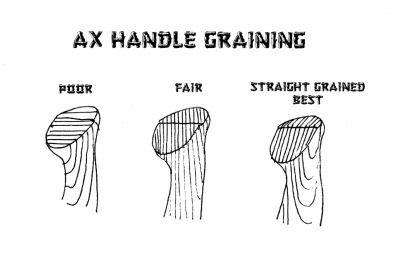
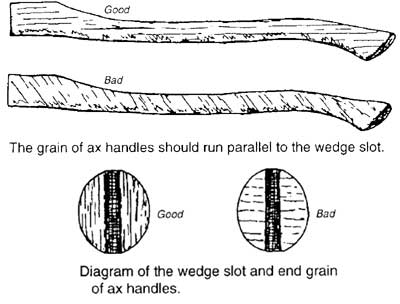
 Hows the leg?
Hows the leg?




